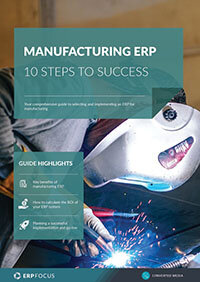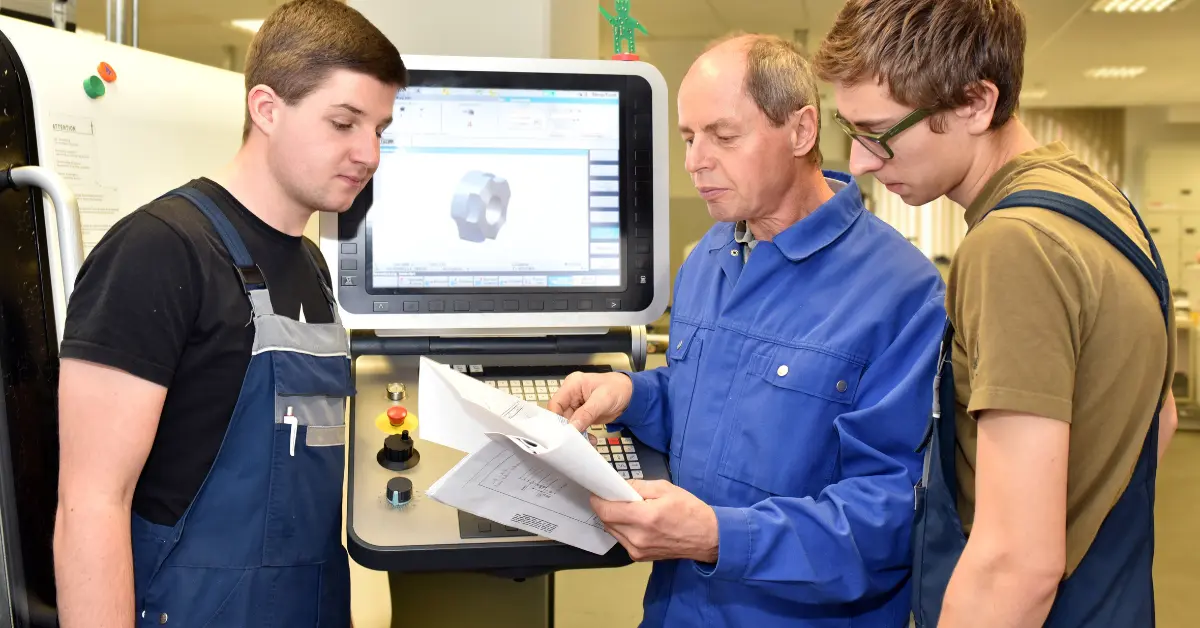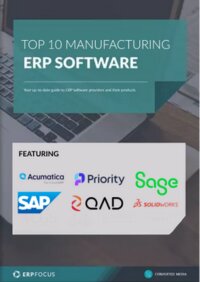Managing Routings in Your ERP System
An important set of master data that seems to often be set aside to last, as though unimportant, is routings. These are also known as bills of labor. Your routing is a valuable component of your ERP and most businesses should try to get maximum value from ERP routing, especially as they already have the system ready to use.
Most manufacturers will have well-defined steps to build or assemble their products. This is true for a job shop making one thing and true for a consumer product company making millions of their product. The routing documents the steps required, the work centers, tools, people, steps and time estimated to make a product.
You should also attach materials to the ERP routing step where the materials are used. This will introduce a time delay in material planning to match the schedule of the job. It also will enhance ERP kitting as not all materials are needed at the same time.
An operation in an ERP routing might describe work to be done:
- Receive an assembly from a previous operation.
- Check inspection points from the previous operation as shown in a drawing.
- Attach additional components as shown in a drawing.
- Turn the assembly and place it in a fixture.
- Inspect your own work.
- Receive a kanban from the next operation and pass the assembly along.
There is a time allowed for each step. There is a work center or station where this work is done. There is a person or class of people who do the work. There is material components added to the assembly. There is a tool – the fixture – needed before passing the work to the next step.
From our routing we get a production schedule; when is this job going to be complete? And what jobs will a particular person need to work on today? We get a shop load or a capacity plan; can we take on even more work today? We get a dispatch report; what is the next job to work on when finished with the current job?
We also get some important data for our cost accounting system. We have the estimated cost of labor at each step. And, because the workers at that step are recording their time after each operation, we have the actual cost of the same labor. Our engineers will also use the actual time to maintain the estimated costs so we can better predict future costs.
Free white paper

Manufacturing ERP: 10 steps to success
Complete step-by-step guide to manufacturing ERP software

Featured white papers
Related articles
-

4 training tips for manufacturing ERP success
These four training tips will help your employees get the most out of your new manufacturing ERP ...
-

CMMC Compliance: What Aerospace and Defense Manufacturers Need to Know
Key insights on CMMC compliance, deadlines, and securing DoD contracts with CMMC 2.0 certificatio...
-

ERP for make-to-order manufacturing
How can ERP help your make-to-order manufacturing business thrive?



